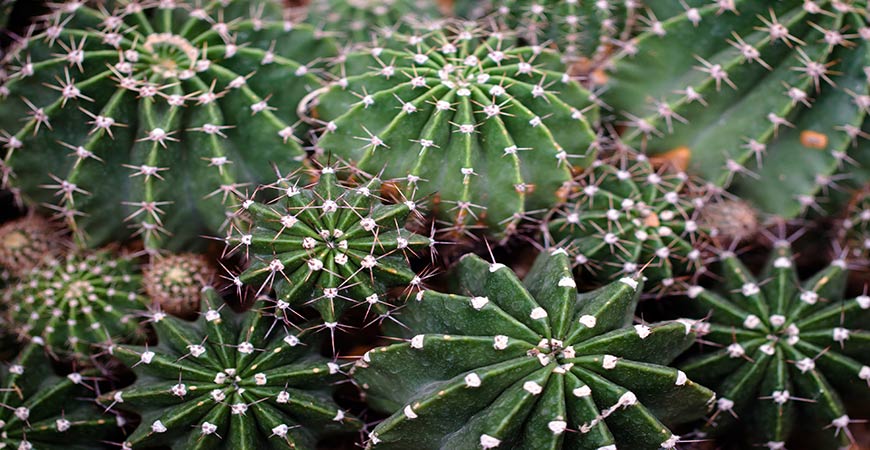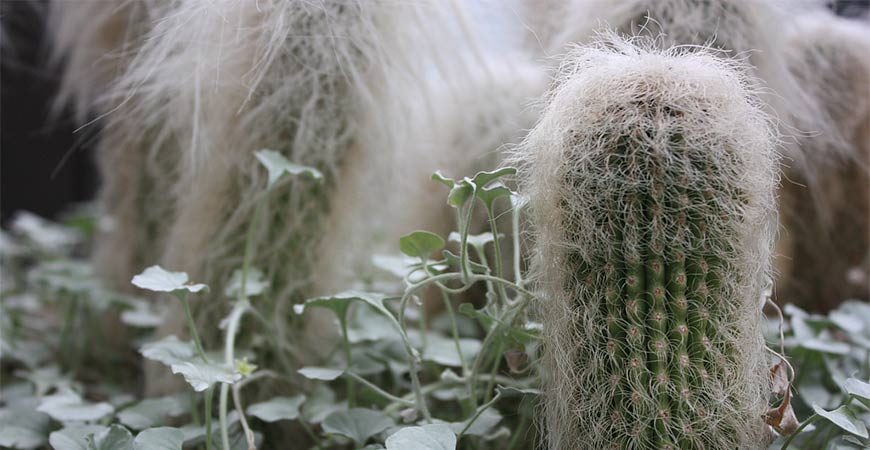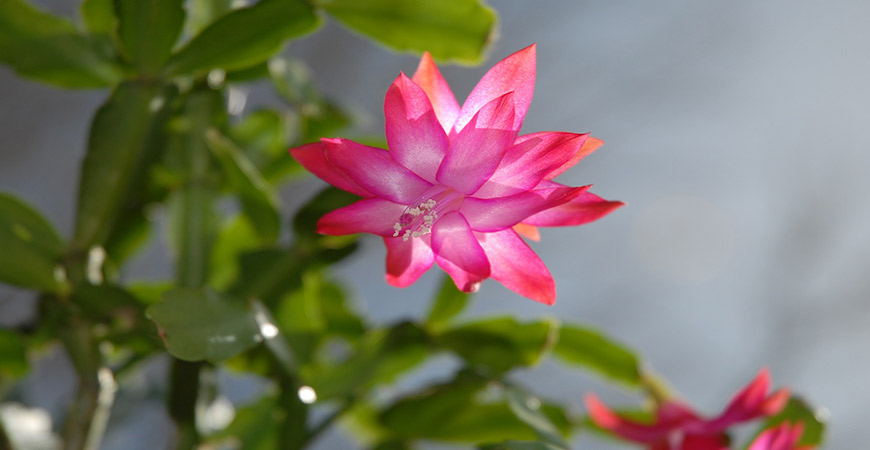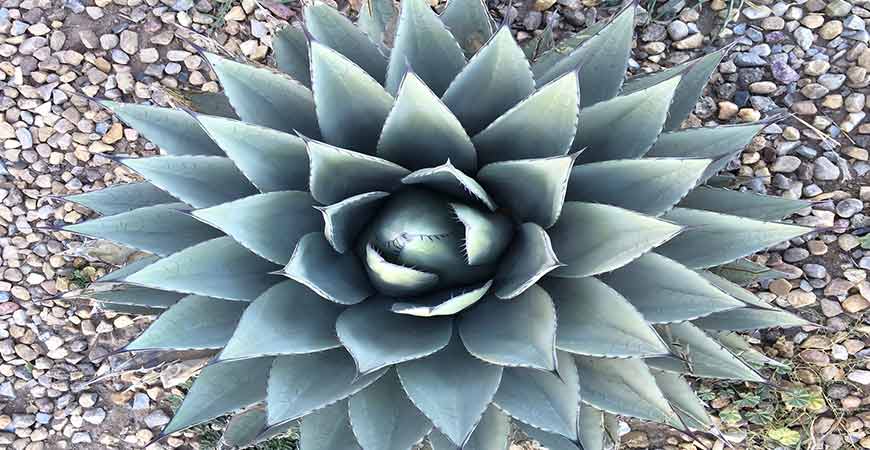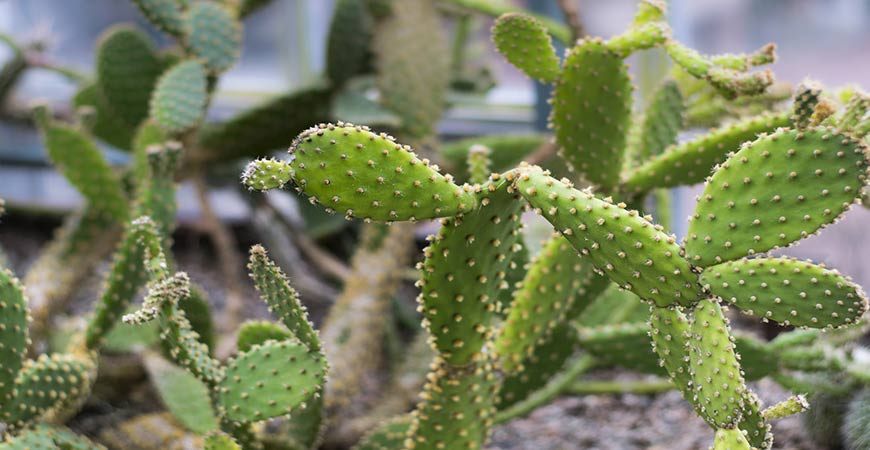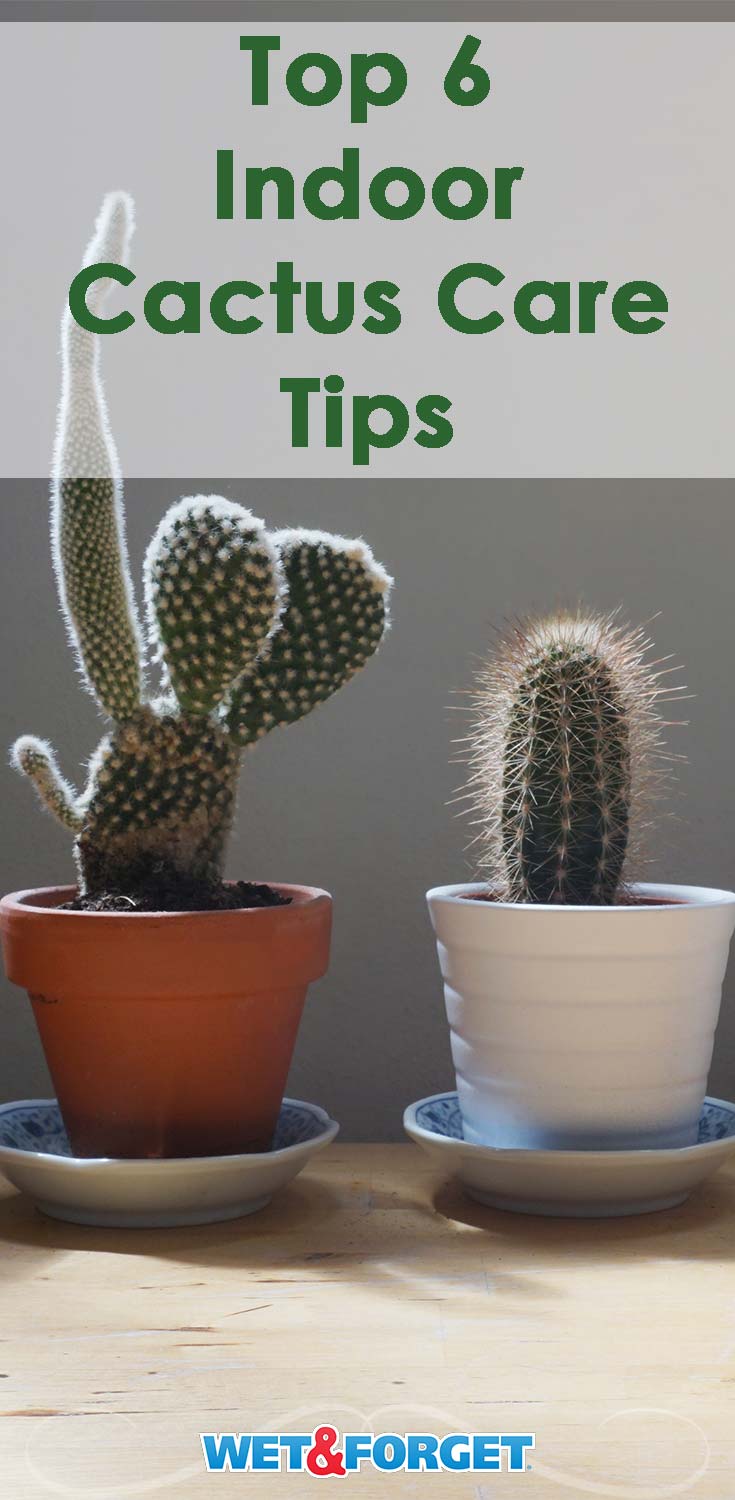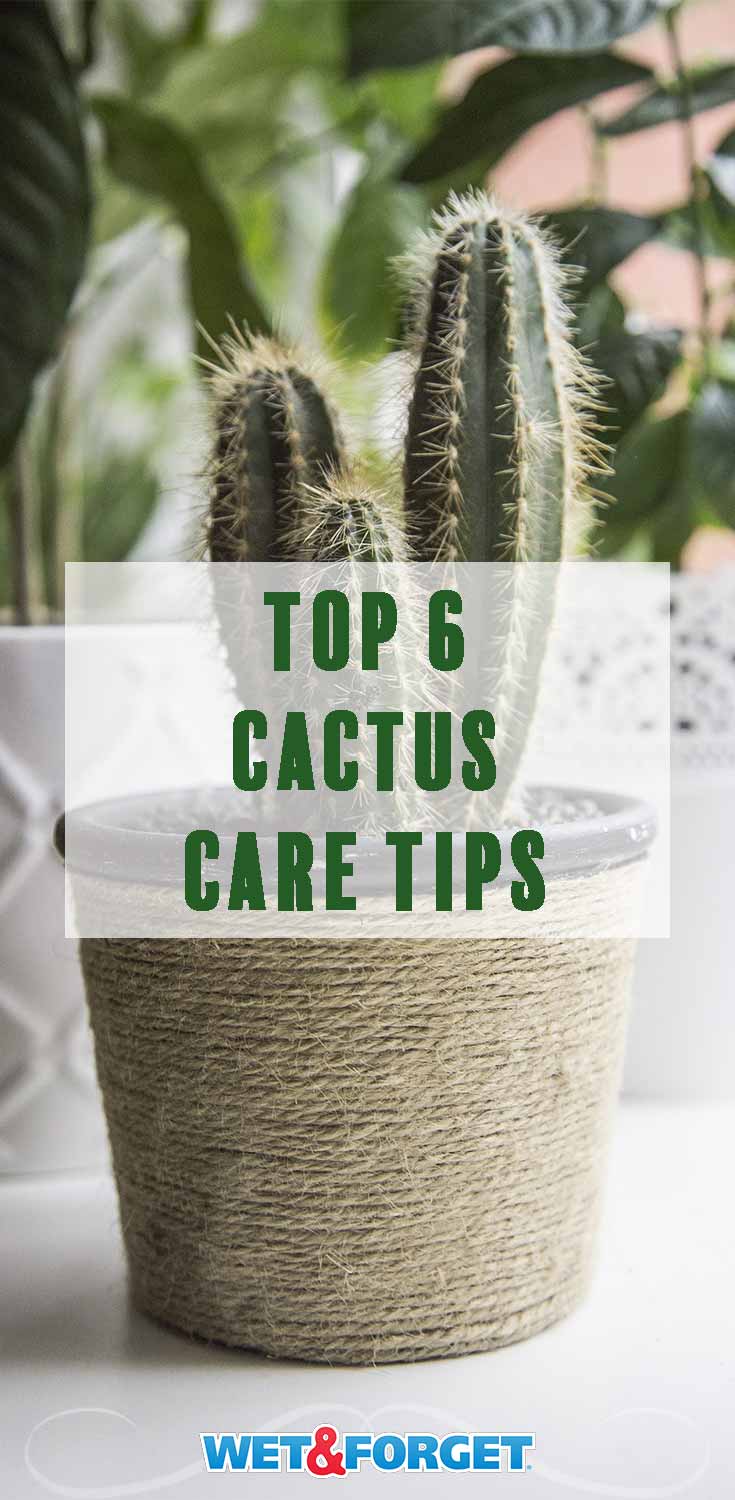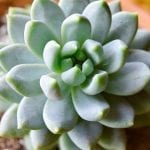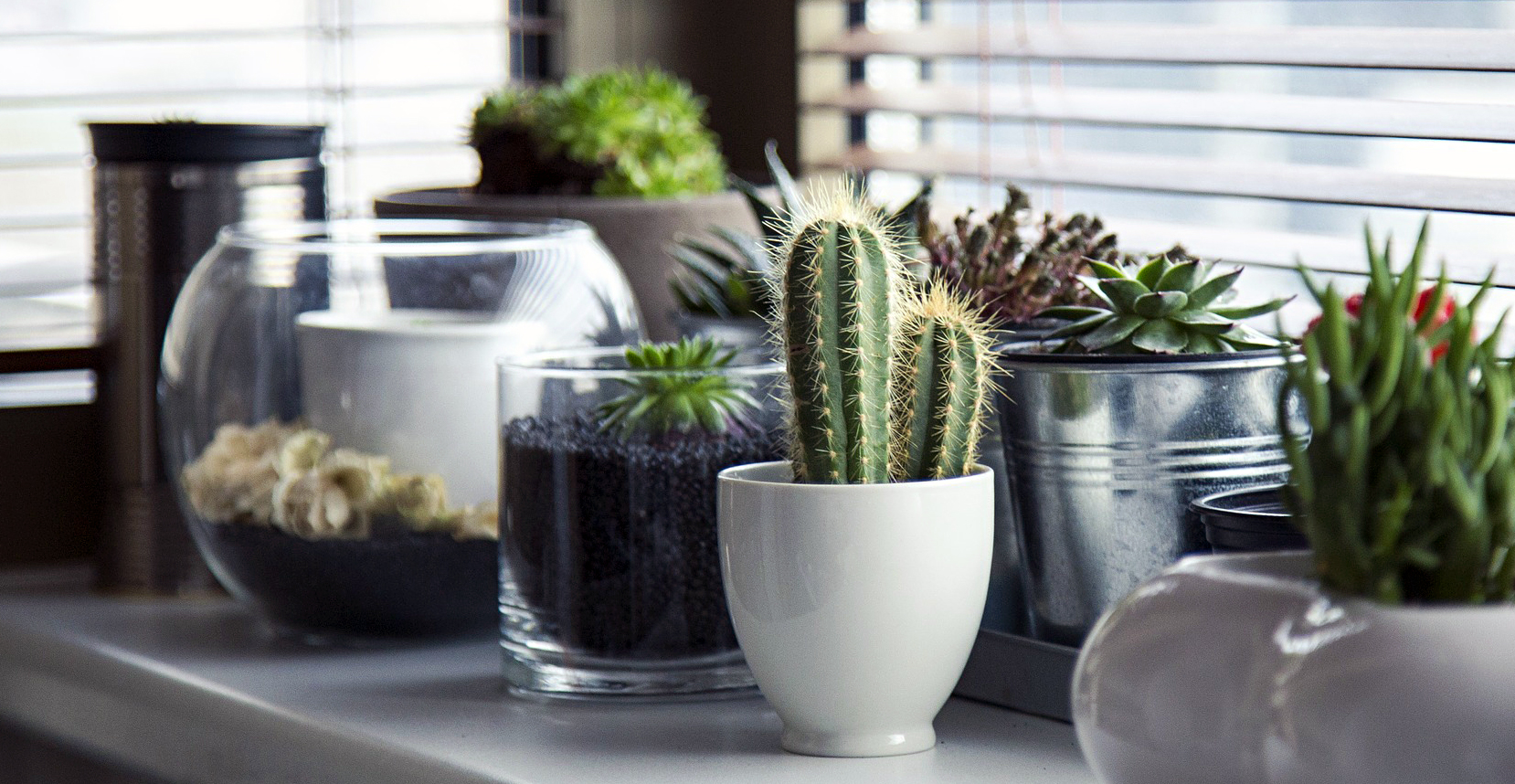
The Stickler’s Guide to Growing a Cactus Indoors
Looking for an easy-to-grow indoor plant that requires little watering? Do you like the southwest desert look of succulents? You’re in luck- a small cactus plant is particularly suited to most indoor, low humidity conditions.
See below for tips and tricks for growing a cactus indoors.
Cacti is a succulent native to North America. Several varieties can be grown as houseplants; each is different in size, shape, and color. A few of the most popular are:
Also known as sea urchin cactus, this globe-shaped succulent is spineless. Its chubby body looks similar to a sand dollar.
Old Man Cactus
This white-haired, fuzzy cactus certainly has its unique character. Reminiscent of grandfather’s beard, the deftly-named Old Man cactus grows long, white hairs over its surface.
Christmas Cactus
This winter-flowering houseplant is a popular holiday gift. Christmas cactus is also easy to propagate. Just cut a Y-shaped section from the tip of a healthy stem.
Agave Plant
A long-leafed succulent agave grows into an attractive rosette shape and produces cup-shaped blooms. Some agave varieties die after blooming but produce offshoots to live on.
Bunny Ears Cactus
Perfect for beginning growers, the cute bunny ears cactus is an easy-care variety. Thick, green pads grow in ear-like pairs and are covered in fuzzy, short bristles that resemble rabbit fur.
Where to Find Cactus for Growing Indoors
Gardening centers, florists, and the outdoor department of home improvement stores are the best places to purchase cactus and succulents.
Thinking about digging up your own cactus? Some agave and cacti species are protected under state native plant laws, so check before you dig.
Lighting Requirements
To grow cactus indoors, you’ll need plenty of light. The best exposure is in a south-facing window, but the light from the east or west window can also work.
Furthermore, ensure the plant receives light for a good portion of the day. However, fluorescent grow light will work if you don’t have enough light.
Hang the grow light a minimum of 6 inches above the plant to prevent scorching the leaves.
In summer, you can set cacti outdoors on a covered deck or patio. Although, you’ll need to monitor the amount of water they receive.
Proper Watering
Many indoor cacti have met an untimely death from over-watering. If the weather is cloudy or may become cloudy, don’t water. Your watering schedule will vary depending on the time of year. Cacti actively grow in spring and summer but are dormant, resting in winter.
Here’s how to water your cactus indoors according to the season:
Spring, Summer Watering:
Water the plant well, allowing excess water to drain. Cacti do not like to sit in water, so make sure your plant pot has several drainage holes. Adding a layer of pebbles at the bottom will prevent soil from clogging up the drainage holes.
Water again when the top 1/2 inch of soil is dry. If your pot is on a saucer, make sure to drain water from the saucer to prevent plant rot.
Fall, Winter Watering:
Water very little, at a maximum rate of once every 2 weeks. Apply only enough water to dampen the soil near the roots.
Fertilizing Your Cactus
Use liquid fertilizer to feed your plant several times during the growing season. A complete, balanced fertilizer will work well, or purchase a plant food specially formulated for succulents.
Ideal Growing Temperature
During the spring and summer, the optimum room temperature is 70 to 75 degrees (F) during the day and 60 degrees (F) at night. During the fall and winter dormant periods, reduce temperatures to 45 to 55 degrees (F).
If your room is warmer, place your cactus to grow close to the window but not touching. The room temperature will be 5 to 10 degrees cooler next to the window.
Re-potting Your Cactus
If your succulent grows too large for its container, re-pot the cacti. Use a soil blend specially formulated for succulents or make your own by mixing (one part each):
- Coarse sand
- Loam
- Peat moss
Lastly, delay watering for a couple weeks after re-potting the cactus to prevent root rot.
Moving Your Cacti to A Different Spot
Wear protective gloves when moving your cactus indoors to a different location. In addition, if you happen to brush your hand against the cacti plant and get stuck by a spine, use a piece of the adhesive tape to pull it out gently.
(Photo Courtesy of opacity)
Learn more about plants that thrive indoors here.
Want to read more indoor and outdoor gardening tips? Click here.

